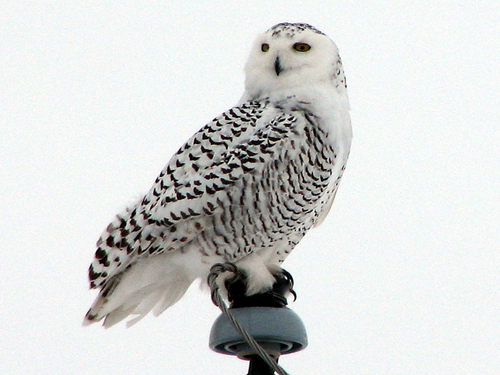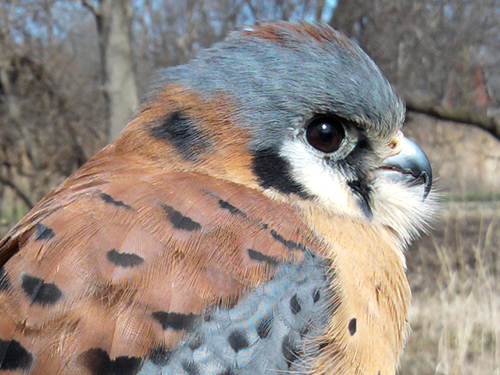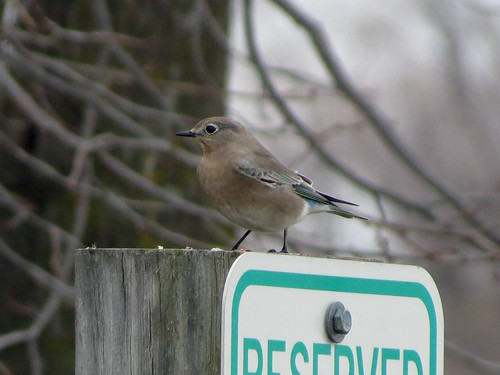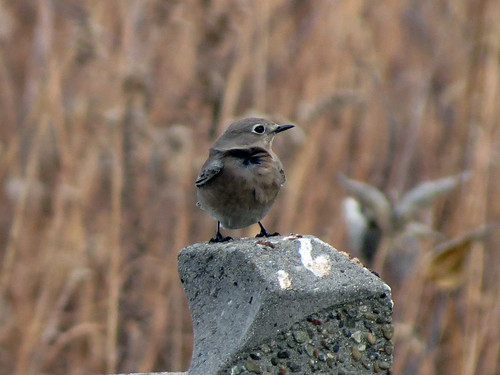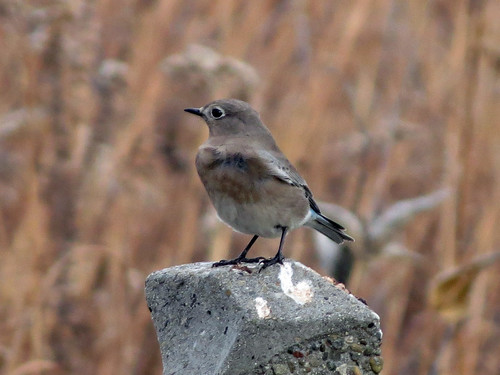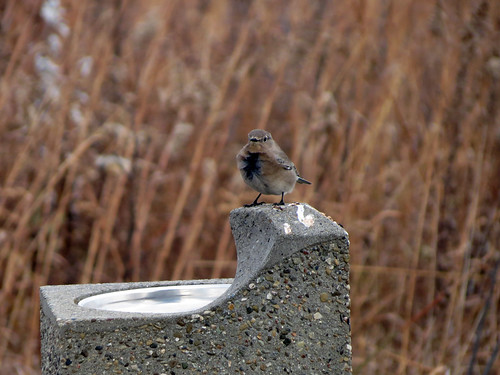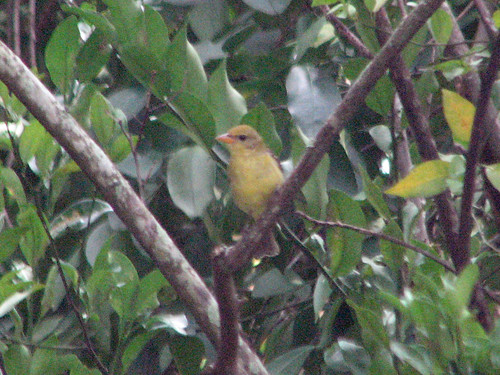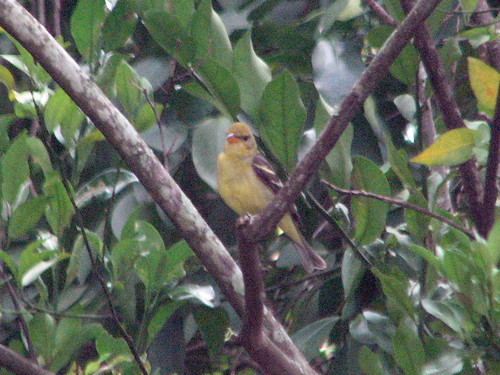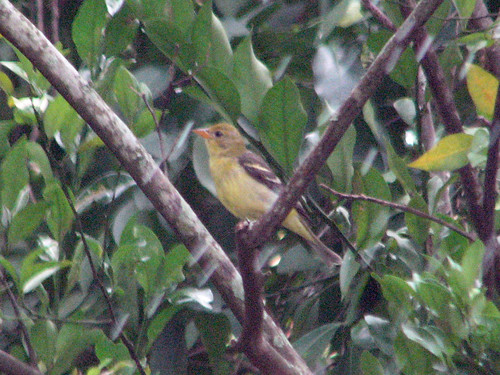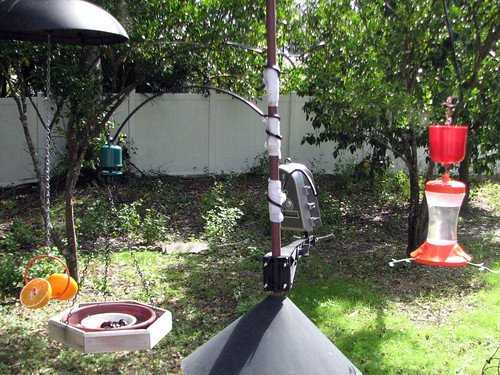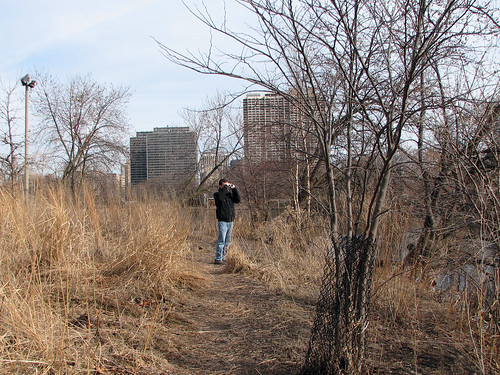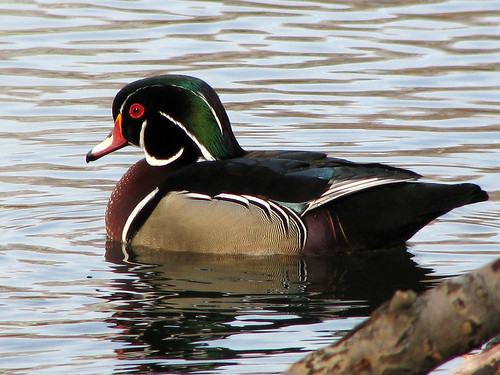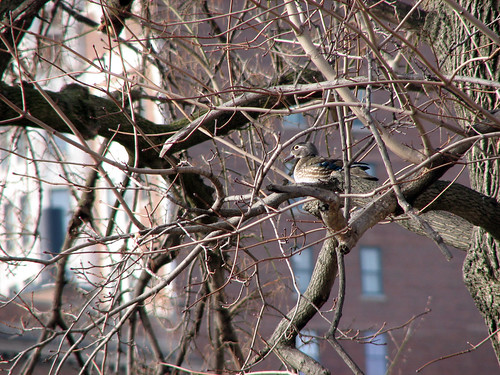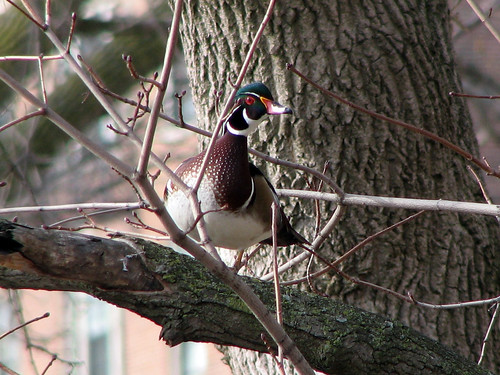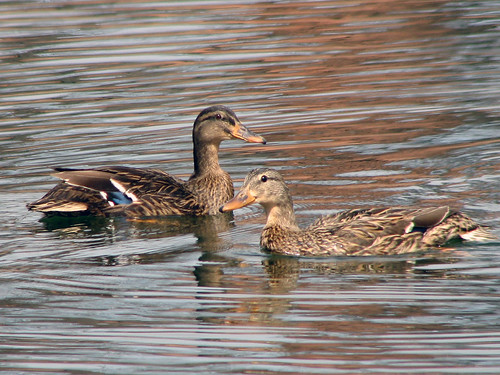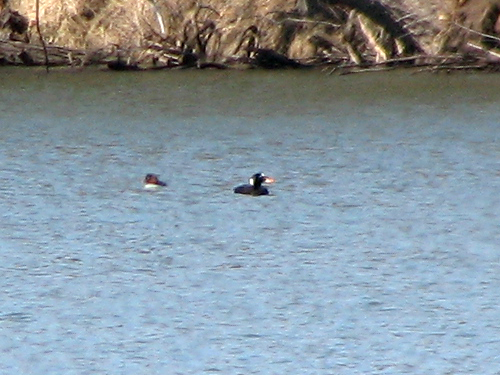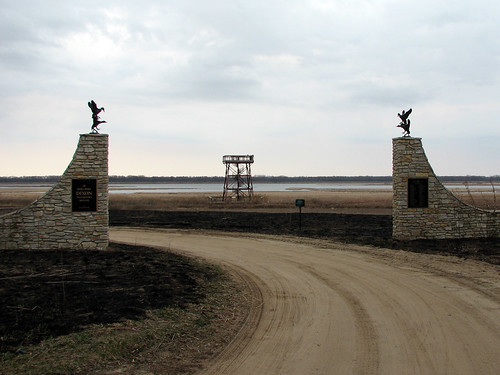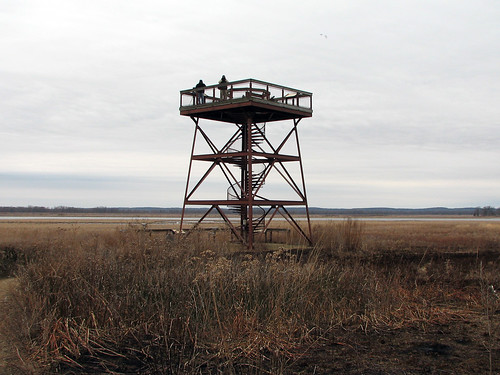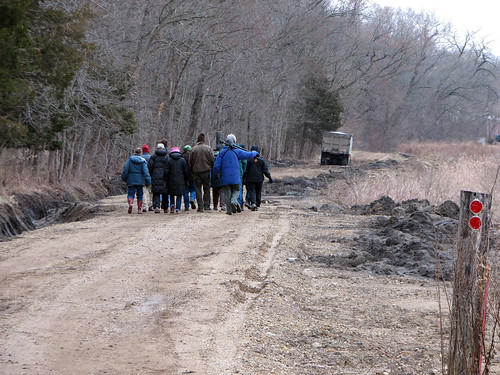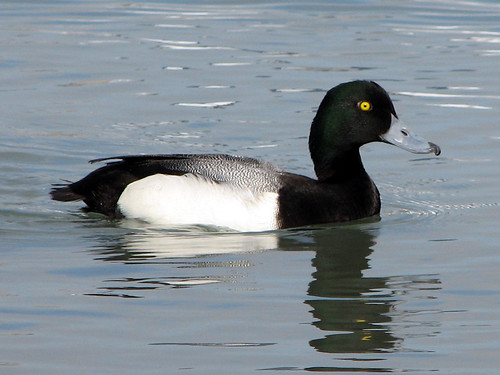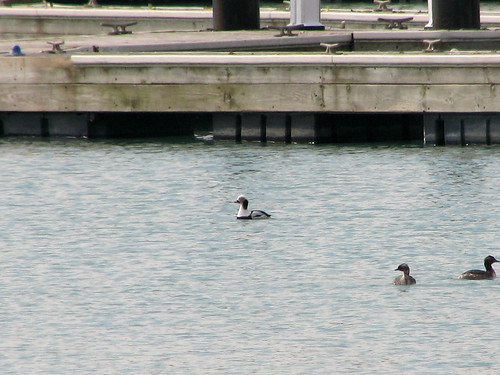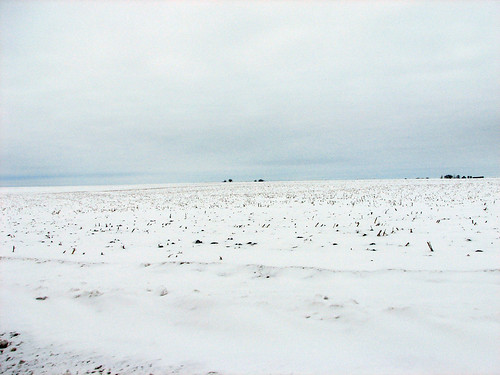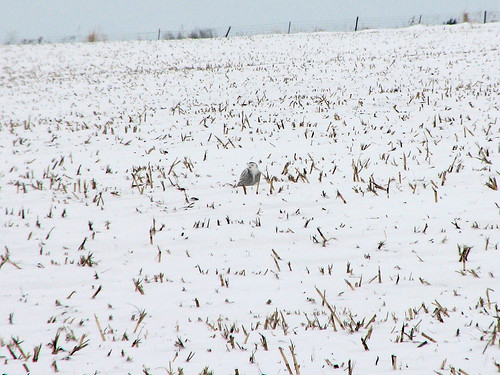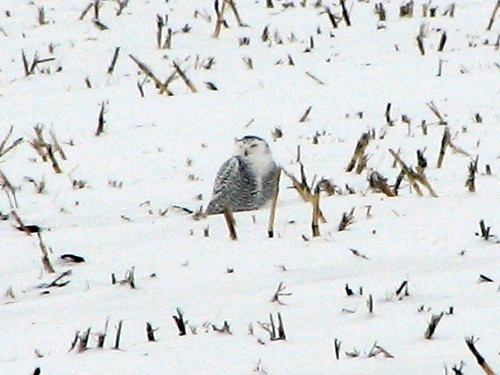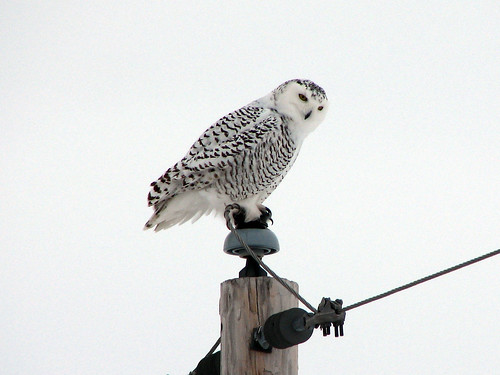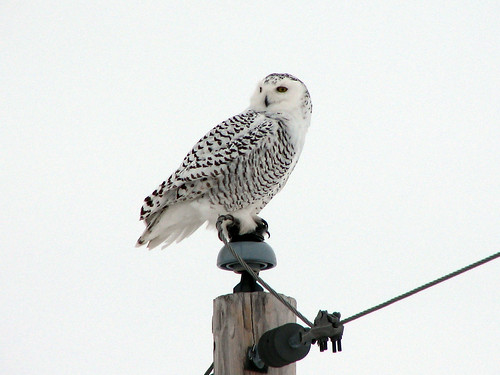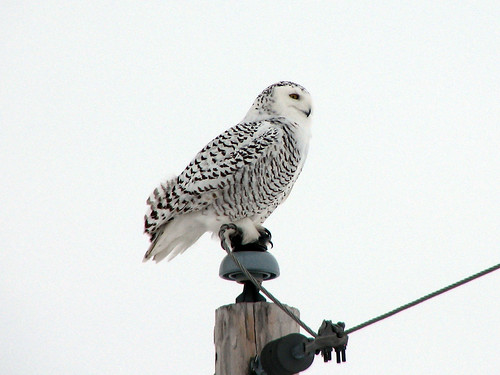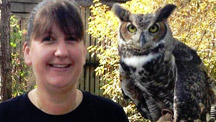When Arthur and I moved from the Netherlands back to the USA in 2008, I posted a couple of entries on our personal blog about what I would miss and not miss from my European home of nearly ten years. As we prepared for our recent move from northern Illinois to central Florida, I started thinking about the Midwestern things I would miss and what I was looking forward to in Florida. Since this is a birding blog, I’m sharing the bird-type things I will (and indeed already do) miss from northern Illinois.
The Birds*
To birders, Florida is known for several specialty birds, one endemic species, and fabulous birding opportunities with relaxed and easy-to-view birds. But there are plenty of species that I got to know up north that never or rarely venture so far south. I always enjoyed seeing winter visitors like Red-breasted Nuthatches and Dark-eyed Juncos at our back yard feeders. These two rarely travel as far south as central Florida.
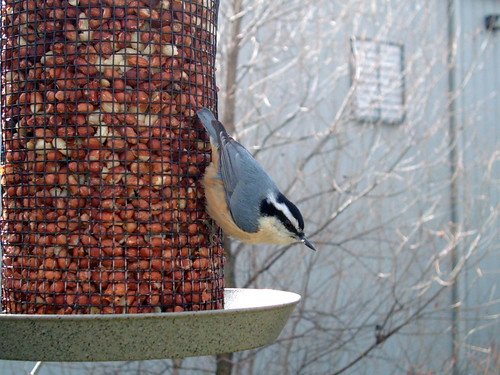
A Red-breasted Nuthatch visiting our feeding station in Round Lake Beach
The chances of seeing owl species like Saw-whet, Long-eared, Short-eared, and Snowy are virtually nil.
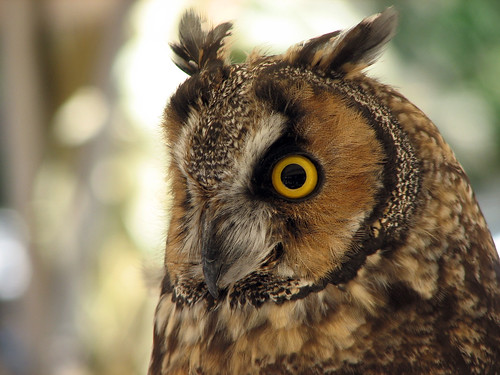
Long-eared Owl (non-releasable education bird) at the 2009 Midwest Birding Symposium
It was also fun to watch certain breeding birds in the summer, like American Robins, Tree Swallows, and American Goldfinches, that will only live in Florida out of breeding season. I suppose that also means I’ll only be seeing drab goldfinches from now on, too. Bummer.
The Birding Community
I enjoyed following the Illinois listserv, IBET, and getting to know local and statewide birders via the list. During our years in Illinois, we joined several different local clubs on various walks and at their monthly program meetings. There are a lot of birding clubs in Chicagoland, with many different affiliations, and we really enjoyed our time with most of them. I especially loved the one local bird club we joined as members, Lake-Cook Audubon. During the last year or so I volunteered as the editor of the newsletter, and I enjoyed that a lot. What I miss about the birding community is really the familiarity, which is something I hope will grow over time as we join local groups here for events, walks and talks, and keep up with the local listservs. But I am sure the especially welcoming atmosphere of Lake-Cook Audubon will be hard to beat.
Bird Banding
I learned so much last year while volunteering at the MAPS banding station at Rollins Savanna. Cindy, the master bander, is a great teacher and station manager, and all of the volunteers get along and have a lot of fun each day in the field. I miss them this summer.

Cedar Waxwing at Rollins Savanna MAPS banding station, June 2010
I think there might be some bird banding volunteer opportunities here as well, but from what I’ve gathered so far, nothing will be as close as Rollins was to our old house (about 8 minutes driving). There are banding stations at Wekiwa Springs State Park (about 30 minutes away) and at Tomoka State Park (50m), both of which welcome visitors. I’m not sure if they also welcome volunteers. I hope to find out this fall.
My Raptor Friends
Last, but absolutely not least, I already miss all of my feathered and unfeathered friends at Flint Creek Wildlife Rehabilitation terribly.

Eastern Screech Owl Kotori, Red-tailed Hawk Old Red, American Kestrel Darwin, Barn Owl Pip
There are raptor rehab centers here as well, but my experiences with FCWR will never be matched by another facility. The two closest centers I have found seem to care for raptors alone. It was fun, in my limited experience, to work with different types of birds and other non-avian species, and to be able to participate in so many different activities. With FCWR I helped with migration rescue and recovery in Chicago, recovered an injured Great Blue Heron and other birds in need of rescue, released Great Horned Owls, ducks, and others, cared for rehabbing Eastern Grey Squirrels, Opossums, Red-tailed Hawks, and handled amazing birds of prey during education programs and public events. I hope to investigate local volunteer opportunities in the fall.
—
Finally, here’s a brief look back to that original What I Will Miss post. Over three years ago, I wrote:
I know there will be a lot of different and wonderful birds wherever we end up, but I will miss seeing some of my favorite European birds: the European Goldfinches and the acrobatic little Blue Tits that visit our garden; the big White Storks that like to hang out on highway light poles; the pairs of Tufted Ducks floating in roadside ponds; the beautiful, brightly-colored male Pheasants that patrol fields and forest edges along with their elusive dully-colored mates.
Well. I had so much fun getting to know the birds of Illinois that I didn’t really have the chance to miss Dutch birds at all. I wonder if the same will hold true here?
*Disclaimer: At this point I’m really not totally up to speed on local birding. So there’s a chance I’ve mentioned that I will miss a species that might actually occur here. I’m basing most of this on books.
Share the birds, share the love!
